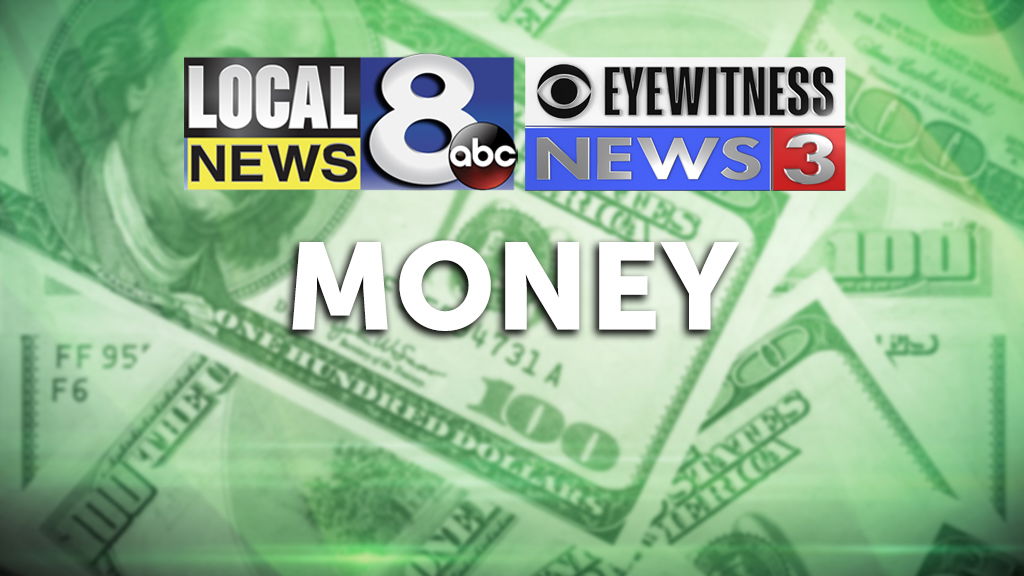Lyft still has long road ahead to a recovery

Lyft is making some progress on the long road to recovery from what the coronavirus pandemic’s done to its business.
The ride-hail company reported Tuesday that its revenue fell 44% compared to a year ago in the fourth quarter, to $570 million. Active riders fell 45% over the same period, to 12.5 million riders — a slight increase compared to the third quarter.
Lyft’s fourth quarter earnings report gives a fuller picture of the ongoing negative impact of the pandemic on its business. The company said that, while the earlier part of the quarter benefited from some recovery, the latter part was “negatively affected by the surge in Covid-19 cases and the reintroduction of restrictive measures intended to curb the spread.”
Lyft’s business plummeted to 8.7 million riders in the second quarter before rebounding in the third quarter and maintaining that footing.
Lyft reported its net losses grew to $458 million in the fourth quarter, compared to $356 million a year earlier. Its losses for the full year of 2020 ($1.8 billion) narrowed compared to 2019 ($2.6 billion). Its revenue, on the other hand, decreased by 35% for the year, to $2.4 billion in 2020.
The company remains optimistic about the year ahead, with chief financial officer Brian Roberts stating on a call Tuesday to discuss the earnings, “we remain confident that Lyft will emerge on the other side of the pandemic structurally more profitable per ride than it was going in.”
Roberts reiterated that the company believes it can achieve profitability, excluding certain costs, by the fourth quarter of 2021. “In fact, there’s a chance we can achieve profitability in Q3,” he said.
The company said in the earnings report that it expects to “experience a growth inflection beginning in the second quarter that strengthens in the second half of the year.”
Rival Uber has also set its sights on a measure of profitability this year. The company reports earnings Wednesday.
Since going public in 2019, Lyft and Uber have struggled to win over investors who are concerned about their histories of steep losses and how they might eventually be able to turn a profit. Both companies went through layoffs prior to the pandemic as well as significant staff reductions spurred by the decline in ride volume once it took hold.
